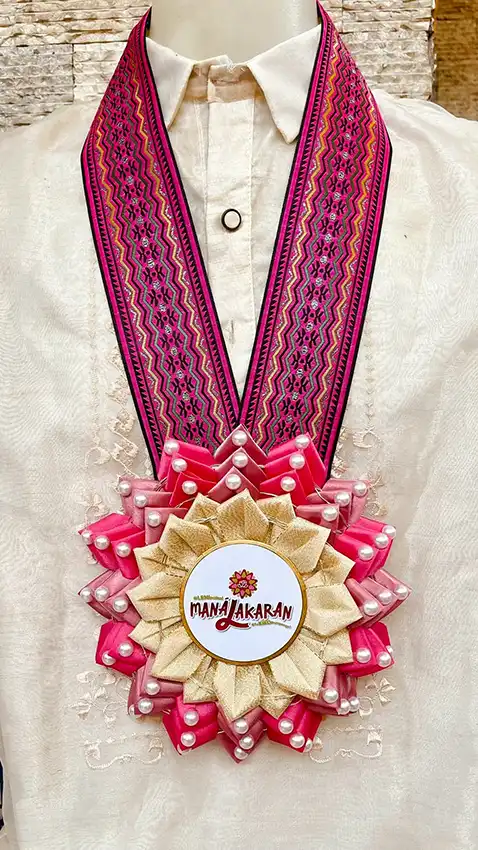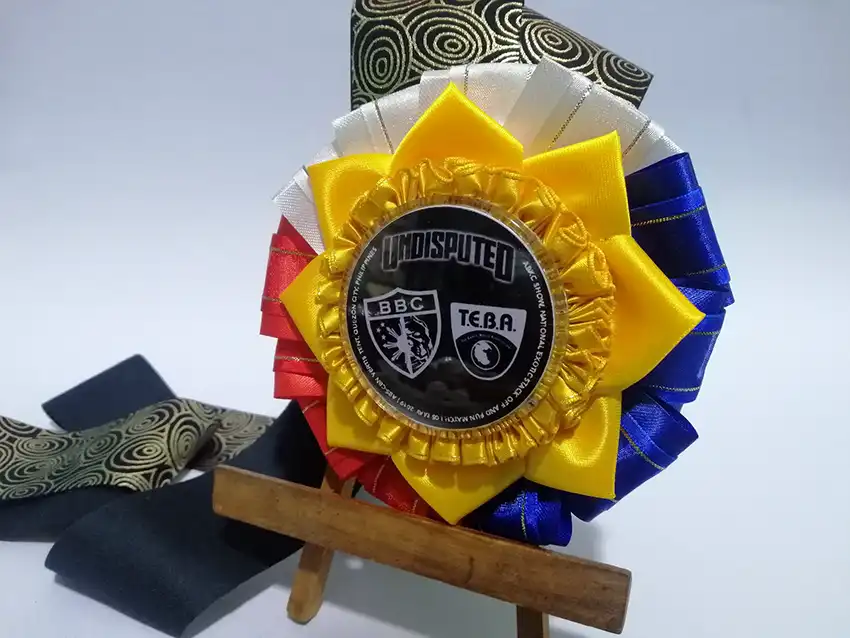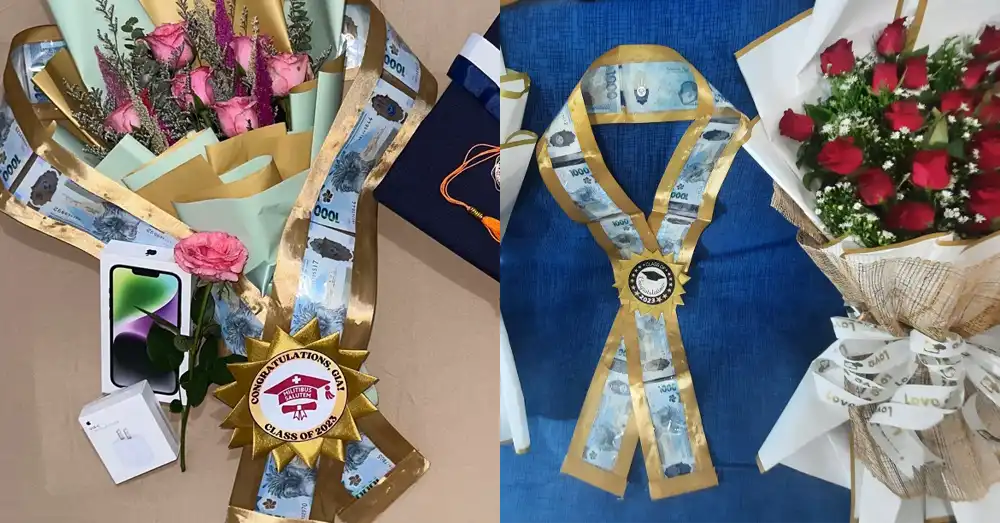The Background of the Lei Ushering to the Birth of Lei Day
Leis represent the spirit of Aloha and rich tradition rather than just being a necklace worn which can remind anyone of the place of origin and popularity – Hawaii. In reality, these colorful creations date back to when the early Polynesian voyagers who introduced to the art of lei making and/or giving to the native Hawaiians. This encounter blossomed with the creation of one of the earliest and oldest forms of the lei, the Maile Lei. It also resulted in the arising of many lei makers and styles of lei from all across the islands.
Hawaiians have then since passed down onto later generations the influence imparted unto them. Leis, being deemed as the symbol of love and appreciation, was also sought as a sign of celebration. With it being seen present in special occasions or events, a celebration was and is always associated with the lei. So, in commemoration of this longstanding custom, Lei Day was formed. Celebrated every first of May, this important holiday relives the story behind one of Hawaii’s relevant traditions and how it gradually turned into one of their globally recognized signatures.
History of the Lei

The Polynesian Islands and their people were, for the most part, mainly responsible for pioneering the tradition of lei-making in Hawaii. Asia was also considered as part of its upbringing. Still, it was not until 1500 years ago, when the Polynesians navigated through the ocean using the stars, which made it possible for them to arrive at the Hawaiian Islands.
Wearing a lei in ancient times signified the rank, wealth, and royalty of the wearer. The particular position or degree was solely defined by the materials used and the style produced. This leads to the fact that the resource for creating a lei comes only from the natural resources of the Islands themselves. Up until the current times, flowers, leaves, shells, seeds, and even animal remains such as bones and teeth, were utilized to create an entire lei. The religion of the Hawaiians, and specifically the dance “hula”, also became associated with the emerging lei tradition.
These all steer to the birth of one of Hawaii’s earliest and most popular lei styles, the Maile lei. It is well-known for being fragrant with a sweet-spicy scent due to the leafy vines it is made of and is worn draped down to the waist. On the other hand, the Ilima lei was more so fancied by the Hawaiian chieftains and members of royalty. Made out of Ilima blossoms, its orange color, and thin breadth must be at about 100 in quantity for it to be enough to from a whole lei. Still, the admired Hawaiian Princess Kaiulani’s ideal lei was the Pikake that was named after the peacock she owned. It was because of the snowy white flowers and the fragrant sweetness of jasmine which defined the iconic lei.
Origin of the Lei
Going back to the idea of where the iconic Hawaiian lei was first and foremost from, Polynesians already had lei making born unto their own culture. Polynesians expressed their adoration to their gods by forming wreaths out of twinned greens and decorating their bodies with vines and flowers. Their appearance in Hawaii came did not stand alone as they had gifts from their island. All of these had one in common – it was plants. But these had different uses, with some for food, medicine, and building. They also brought ginger plants or better known as “awapuhi” which originally came from India. Named as the original “canoe plant” every part of it was resourcefully used by the native Hawaiians.
From around 750 A.D. until the 14th century, the Polynesians had leis that looked familiar to one another. Leis inhibited temporary fragrance because of the way they used plants. Included under this category were the sought-after maile and hala leis. On the contrary, some resources from the Hawaiian Islands were able to retain their purpose as alluring ornaments. These nonperishable leis were available but these were not made out of plants, and instead, by other varieties. To name a few are the hulu manu that is made out of feathers, another is the niho palaoa which is sourced from the bones of whales and walruses, and last is the pupu lei where its material comes from shells.
At a point when the oceanic voyages died down, isolation dawned upon the native Hawaiians as they settled into their land. In the years 1300 to 1778, they have evolved their version of the lei that could even be considered as a more strong, deep, and intense variety than that of those from Polynesia. The Hawaiian lifestyle combined with rituals, nature, and features of daily life, the lei eventually made its part being included in any rite, activity, and celebration. From the simplest of commoners or “maka`ainana” to the most prestigious chiefs or “ali`i” the lei became a one size fits all commodity.

Leis of the Hawaiian Islands
Hawaii is composed of eight major islands. A designated lei is represented by each island which creates a state of harmony and balance of color and texture. By agricultural laws, most of the leis cannot be exported to other countries to protect the purity and freshness of the material used.

Hawaii – Lehua Lei
Renowned by locals as “The Big Island”, Hawaii has any terrain possible, from a cool rainforest to a scorched desert. The crimson red color of its official flower showcases the charms this island can offer. It is the Ohia Lehua which can get up to 100 feet tall. Pele, the volcano goddess, is revered by this flower and its deep red color is parallel to a volcanic eruption.
Kaho’olawe – Hinahina Lei
Kaho’olawe is the smallest among the islands and is a desolate land without any human occupation. Despite this, it is home to the Hinahina flower. Also referred to as the native beach heliotrope, the white color it has attains a long-lasting fragrance. This gave it recognition of being a favorite among lei makers.
Kauai – Mokihana Lei
Technically, the green flower of this island is not a flower but instead is a berry. Found exclusively on Mount Waialelae, the mokihana is a big berry that has a spicy smell comparable to star anise. It is perfect as a fragrant lei that lasts long.
Lanai – Kaunaoa Lei
Its official flower grows and thrives in the sands of its coastal areas. Having yellow-orange strands, the kaunaoa is unique because it feeds on its nutrients through the air rather than soil like typical plants. For this reason, it was labeled as the air plant.
Maui – Lokelani
The official flower of Maui was actually brought to the island by visitors. The lokelani and its pink hue is valued for its elegant shape and color along with the sweet scent it has. It was not until 1923 that it became Maui’s official flower and was ever since dubbed as the treasured flower folks adore looking, smelling, and wearing as.
Molokai – Kukui
Residents of Molokai are known for residing at “the friendly island” due to their hospitality. Thus, it is the homeland of the kukui flower. The pearly white color and small size add up to its reputation as a lei material. It is also the state tree in dedication to the nuts and white flowers ancient Hawaiians formerly burned as candles.
Niihau – Pupu Lei
A tiny shell takes the spot as the official flower of Ni’ihau. Located on the island’s lush shore, the pupu shell is cherished by Hawaiians. Its pure white color is loved by all as it is a perfect addition to leis.
Oahu – Ilima Lei
The capital city of Hawaii, Honolulu is tracked down to Oahu. The urbanization of the island is not a hindrance to continually exhibit its true beauty of nature. Soft, yellow color and small size describe the flower of Oahu. It is the alma that looks similar to a small hibiscus. Aside from medicinal purposes, this flower is famed seen in leis for its distinct color and size.
The Birth of Lei Day
While Hawaii took to heart the craftmanship of lei making, it was during the late 1920s when the lei gained its peak recognition. The tradition itself was embedded in the lives of many islanders which is why one writer of the Honolulu Star-Bulletin thought of an exclusive day dedicated to these prized creations. Don Blanding insisted on the implementation of Lei Day and his co-worker Grace Tower Warren provided that it would be celebrated every first of May. 1929 was a momentous year for this Hawaiian holiday as it received nationwide acknowledgment and appreciation.
The spirit of Aloha only became more profound from the arrival of the Polynesian voyagers to the enforcement of a day all in place of the origin and history of the lei. The legacy of the native Hawaiians lives on as their successors continue the tradition and culture entrusted to them.






